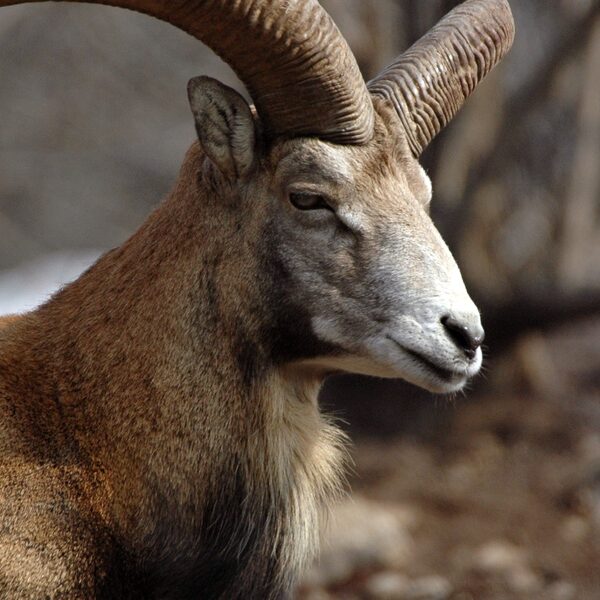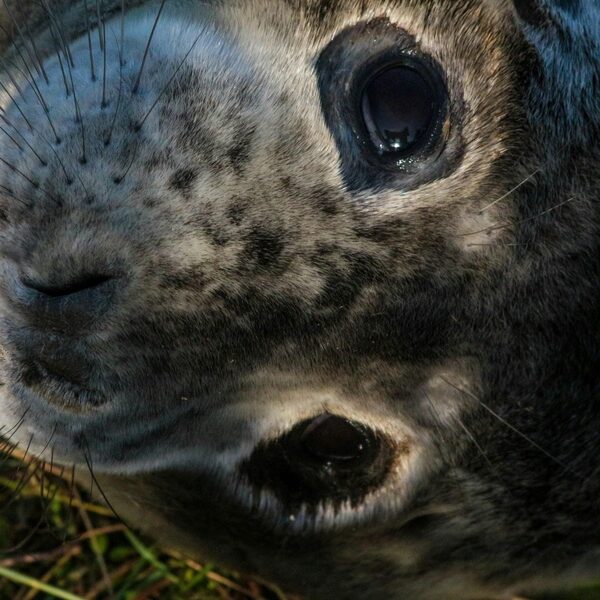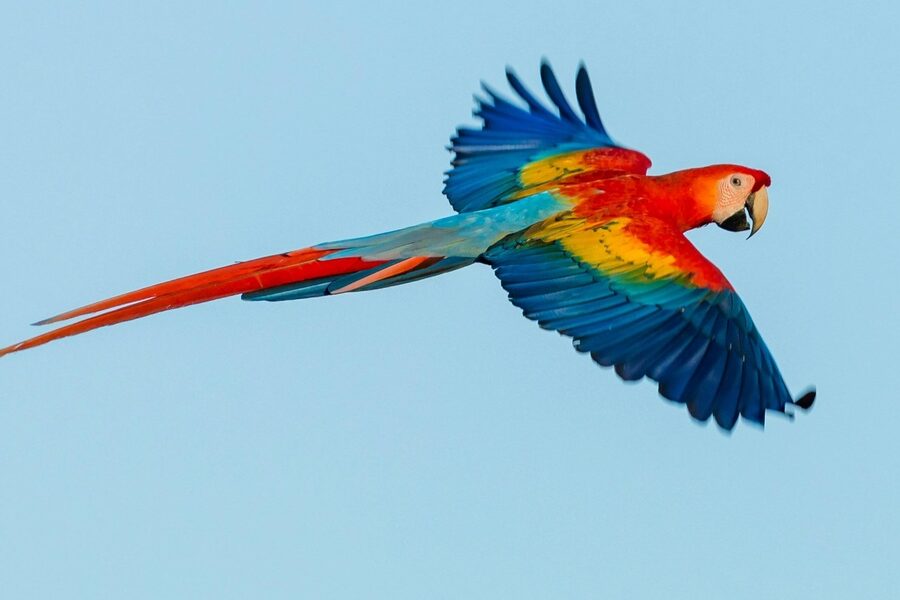Scotland’s lochs, rivers and peatlands support a small but notable group of amphibians that are tied closely to freshwater habitats and seasonal weather. Whether you’re walking a burn in spring or checking a garden pond, these species are easy to miss yet worth knowing about.
There are 7 Amphibians of Scotland, ranging from Alpine Newt to Smooth Newt. For each species, data are organized as Scientific name,Adult size (cm),Scottish range; you’ll find below.
When is the best time to see amphibians in Scotland?
Spring is prime time—typically March to May—when adults move to breeding ponds. Look at dusk or after rain near still water for calling males, mating pairs and spawn; cooler months they hide in logs, compost heaps or under stones.
How can I help amphibians in my garden?
Provide a small pond with shallow edges and native plants, avoid fish and pesticides, keep some leaf litter or log piles for shelter, and allow damp, undisturbed areas; these simple steps create breeding and overwintering habitat.
Amphibians of Scotland
| Common name | Scientific name | Adult size (cm) | Scottish range |
|---|---|---|---|
| Common Frog | Rana temporaria | 6-9 | Widespread across mainland and islands, including Orkney and Shetland. |
| Common Toad | Bufo bufo | 8-13 | Widespread on mainland, but absent from the Hebrides, Orkney and Shetland. |
| Palmate Newt | Lissotriton helveticus | 7-9 | Very widespread across Scotland, including islands; our most common newt. |
| Smooth Newt | Lissotriton vulgaris | 8-10 | Mainly in Central Belt, southern and eastern Scotland; less common in Highlands. |
| Great Crested Newt | Triturus cristatus | 14-16 | Patchy distribution, with strongholds near Inverness, the Central Belt, and Dumfries & Galloway. |
| Alpine Newt | Ichthyosaura alpestris | 9-12 | Established non-native populations, notably in Fife, Edinburgh, and near Dumfries. |
| Natterjack Toad | Epidalea calamita | 6-8 | Formerly on the Solway coast; now considered extinct in Scotland. |
Images and Descriptions
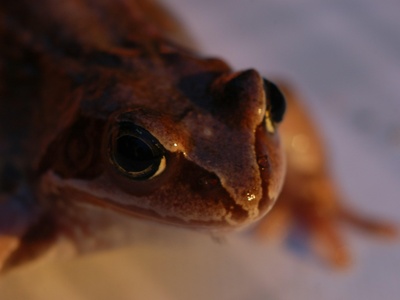
Common Frog
Smooth-skinned with a distinct dark patch or ‘mask’ behind the eye. Colour is highly variable. Breeds in ponds from February, laying clumps of spawn. Scotland’s most common and widespread amphibian, found in almost any damp habitat from gardens to mountainsides.
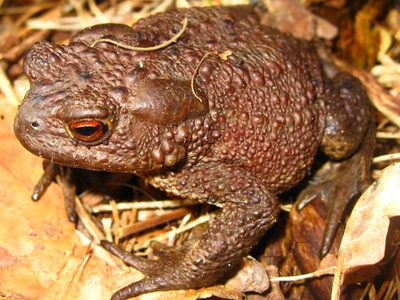
Common Toad
Identified by its warty, dry-looking skin and distinctive copper-coloured eyes. It typically walks or crawls rather than hopping. Migrates to ancestral breeding ponds in spring. Populations have declined significantly due to habitat fragmentation and road mortality during migration.

Palmate Newt
A small, brownish newt with a plain, unspotted pink or yellow throat and belly. Breeding males are distinguished by black webbing on their hind feet and a filament at the tail tip. It tolerates more acidic, upland ponds than the Smooth Newt.
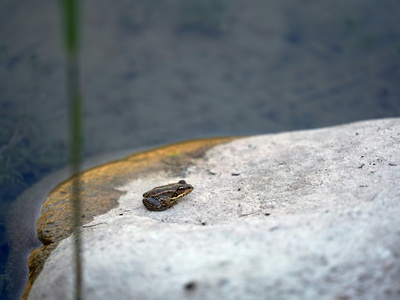
Smooth Newt
Similar to the Palmate Newt but has a spotted throat and belly. During spring breeding, males develop a continuous, wavy crest along their back and tail. It prefers lowland, well-vegetated ponds and is often found in gardens within its Scottish range.
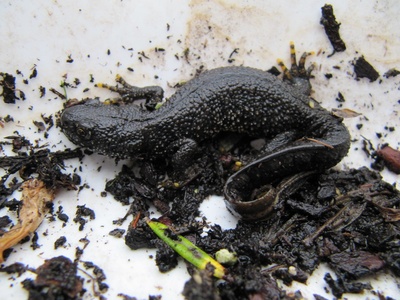
Great Crested Newt
Our largest newt, with rough, warty black or dark brown skin and a striking orange belly covered in unique black spots. A European Protected Species, it is illegal to handle them or disturb their habitat without a license from NatureScot.
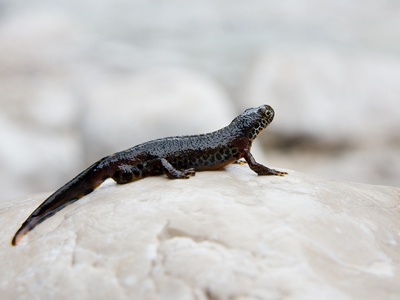
Alpine Newt
A non-native species with grey-blue marbled skin and a vibrant, unspotted bright orange or red belly. Often found in garden ponds and quarries. While beautiful, its presence can pose a disease risk (chytridiomycosis) to native amphibian populations.
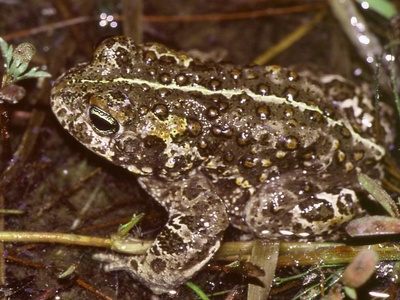
Natterjack Toad
This native species is identified by a bold yellow stripe down its back. Known for its very loud rattling call, it runs rather than hops. The last Scottish colony disappeared in the 1970s due to habitat loss, making it locally extinct.

